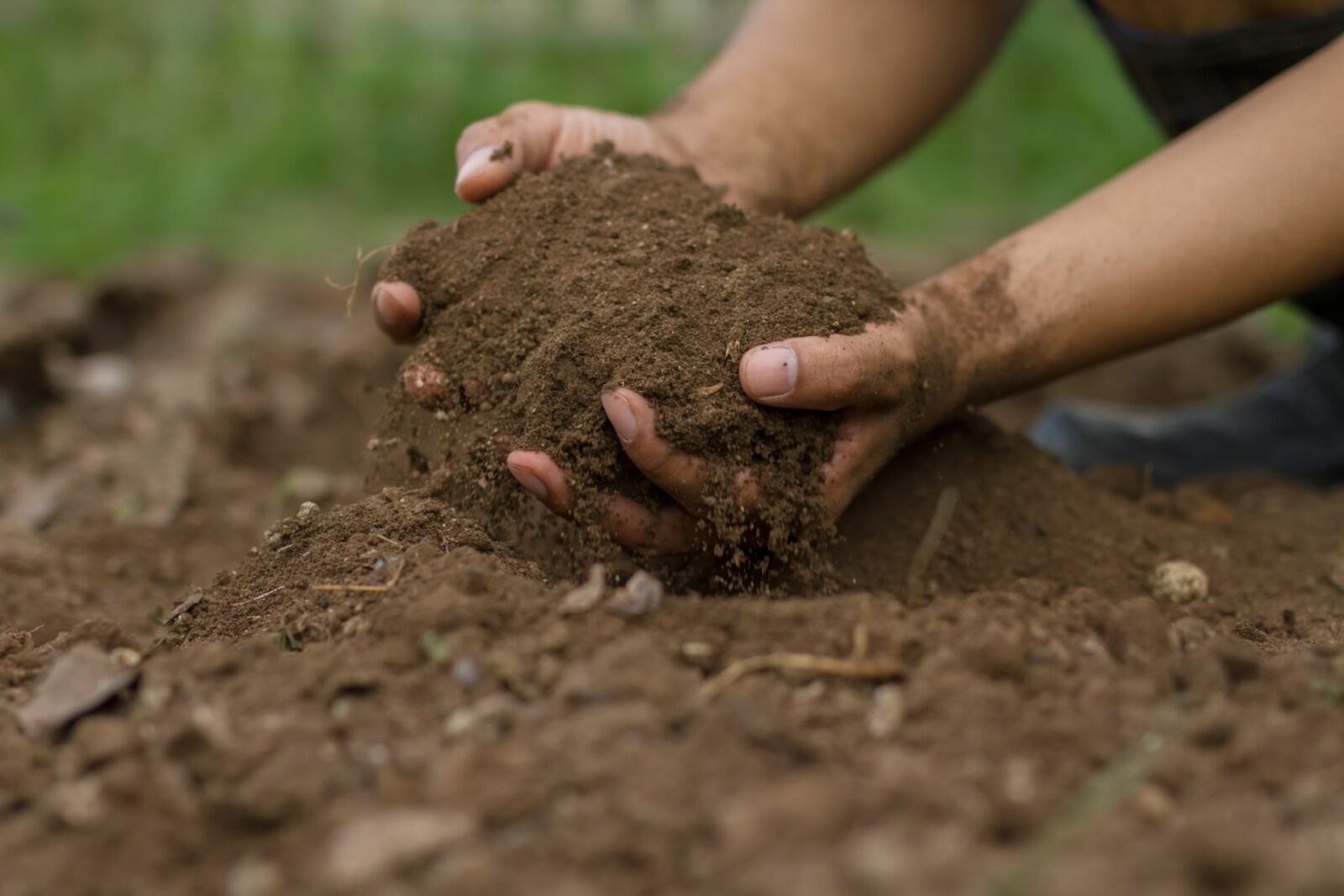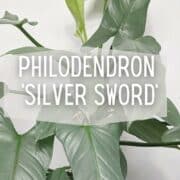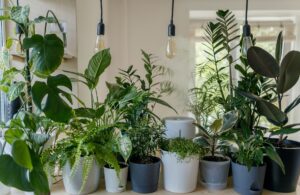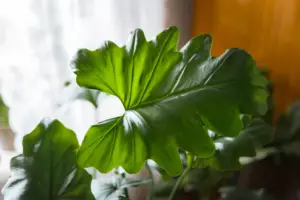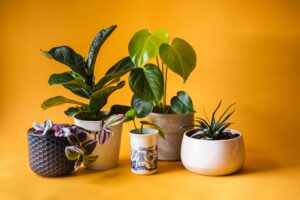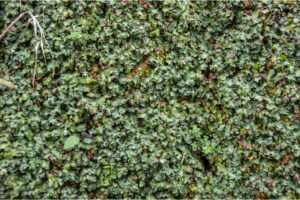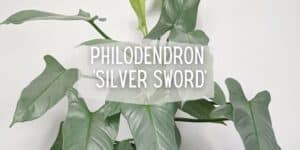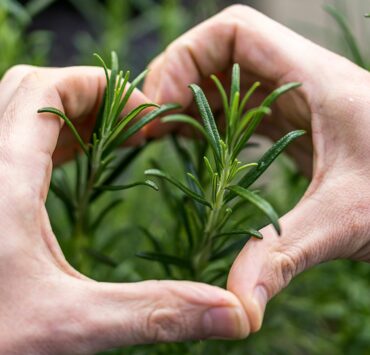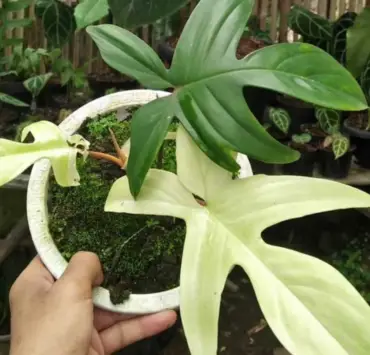Explore the differences between garden soil and potting mix, the potential issues with using garden soil indoors, and the best soil choices for your indoor plants. So, let’s dive in and get to know the answer to “Can I use garden soil for indoor plants?”
At first glance, garden soil and potting mix may seem interchangeable, but they are fundamentally different in their composition and suitability for indoor plants. Garden soil is typically made up of a combination of clay, sand, silt, and organic matter, while potting mix is a soilless blend of ingredients like peat moss, coco coir, perlite, and vermiculite. Potting mixes are specifically designed for use in containers and offer several benefits for indoor plants, such as improved drainage, aeration, and nutrient retention.
Potential Issues with Using Garden Soil for Indoor Plants
Using garden soil for indoor plants can lead to several problems, including:
- Poor drainage: Garden soil tends to be denser and more compact than potting mix, which can restrict root growth and lead to waterlogged conditions in pots.
- Insufficient aeration: The compact nature of garden soil can inhibit the flow of oxygen to plant roots, resulting in root suffocation and potentially fatal conditions for your indoor plants.
- Pests and diseases: Garden soil can harbor pests, pathogens, and weed seeds that can harm your indoor plants and create an unhealthy environment.
- Nutrient imbalances: Garden soil may not provide the appropriate balance of nutrients for your indoor plants, which can lead to deficiencies or toxicities.
Choosing the Right Soil for Your Indoor Plants
To ensure the health and well-being of your indoor plants, it’s essential to choose the right soil. Potting mixes are generally the best choice for indoor plants, as they provide the necessary drainage, aeration, and nutrient retention. When selecting a potting mix, look for one that is specifically designed for indoor plants or container gardening. These mixes will typically contain a blend of ingredients like peat moss, coco coir, perlite, and vermiculite, which work together to create an ideal growing environment.
Customizing Your Potting Mix for Specific Plant Needs
While most indoor plants will thrive in a general-purpose potting mix, some plants may have specific soil requirements. For instance, succulents and cacti prefer a well-draining mix with a higher proportion of sand, perlite, or pumice. Orchids, on the other hand, require a special orchid mix, which usually contains bark, charcoal, and perlite.
To customize your potting mix, you can add amendments like compost, worm castings, or slow-release fertilizers to boost nutrient content, or adjust the drainage and aeration properties by adding additional perlite or sand. Always research the specific needs of your plants to create the ideal soil blend for their unique requirements.
Tips for Reusing or Recycling Garden Soil
If you have garden soil that you’d like to repurpose, consider using it in your outdoor garden or for raised beds, where the natural drainage and aeration provided by the ground can mitigate some of the issues associated with using garden soil in pots. Here are some tips for reusing or recycling garden soil:
- Amend garden beds: Mix the garden soil into your outdoor garden beds to improve the overall soil structure and fertility.
- Create raised beds: Use the garden soil as a base for raised beds, and consider mixing it with compost or other organic matter to enhance its nutrient content.
- Compost it: Add the garden soil to your compost pile, where it can break down further and become part of nutrient-rich compost that can be used for various gardening applications.
- Donate it: If you have a surplus of garden soil, consider donating it to local community gardens, schools, or gardening clubs that may be able to put it to good use.
Conclusion
While it may be tempting to use garden soil for your indoor plants, it’s generally not the best choice due to potential drainage, aeration, and pest-related issues. Instead, opt for a high-quality potting mix specifically designed for indoor plants or customize your own mix to cater to your plants’ unique needs. By selecting the right soil, you’ll set the stage for a healthy and thriving indoor garden.
Remember, reusing or recycling your garden soil in outdoor applications is a great way to put it to good use without risking the health of your indoor plants. Happy gardening, and may your indoor plants flourish in their well-suited soil environment!
